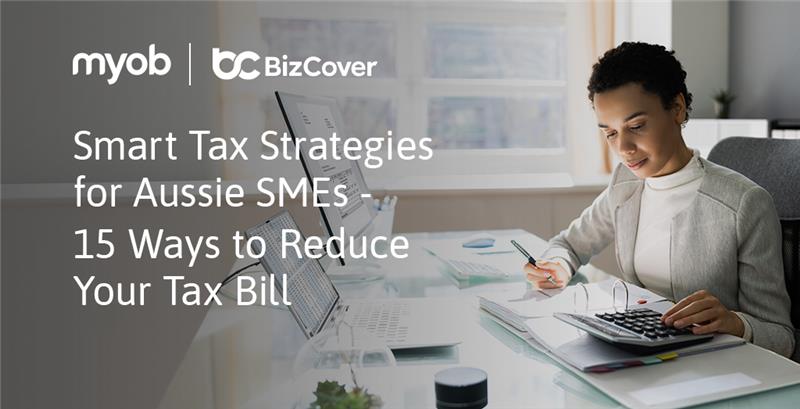How to start a gym or fitness business
Do you love health and fitness? Do you get excited about helping others achieve their personal goals? If you answered ‘yes’, you may want to consider a career as a personal trainer running your own fitness business.
Here are the important points to consider if you plan to pursue a career as a personal trainer.
1. Gain your personal trainer qualifications
You are legally required to have a Certificate IV in Fitness to be able to work as a personal trainer in Australia.
It can also be a good idea to join one of the registered Australian personal training organisations, such as the Health And Fitness Industry Association. Such organisations can list your business in their online directory, offer industry-related discounts, and allow you to use their logo for business purposes.
2. Specialise
Many trainers set out to learn all aspects of training, only to find that they are overwhelmed. A niche allows you to focus entirely on mastering one area of fitness.
Your niche can be anything from corrective exercise, bootcamp classes, body transformation or weight loss, to name a few.
3. Do your research
Figuring out your target market is important because it will determine how you will advertise to clients. Think about the type of person you want to train, and what this person would like to learn from you. Furthermore, it’s important to be able to identify the unique selling points (USPs) that your fitness business can offer to clients.
4. Market your business
Consider how you will get your company name out there. Social media can be an integral part of raising awareness and engaging individuals looking for fitness classes in your area.
5. Determine your processes
You are now ready to sign up clients. It is important to ensure that your processes are clear, easy to understand, and efficient. Consider implementing:
- Health and fitness consultations;
- Contracts;
- A pricing structure;
- A cancellation policy; and
- Procedures to handle client injuries, should they occur.
6. Reduce your personal trainer risk with BizCover
At BizCover we make it easy for personal trainers to reduce their risk with tailored business insurance. Compare competitive fitness business insurance quotes online from Australia’s leading insurers, get covered in 10 minutes, avoid mountains of paperwork, and have more time to train your clients!
This information is general only and does not take into account your objectives, financial situation or needs. It should not be relied upon as advice. As with any insurance, cover will be subject to the terms, conditions and exclusions contained in the policy wording. © 2024 BizCover Pty Limited, all rights reserved. ABN 68 127 707 975; AFSL 501769.
This information is general only and does not take into account your objectives, financial situation or needs. It should not be relied upon as advice. As with any insurance, cover will be subject to the terms, conditions and exclusions contained in the policy wording. © 2025 BizCover Limited.





